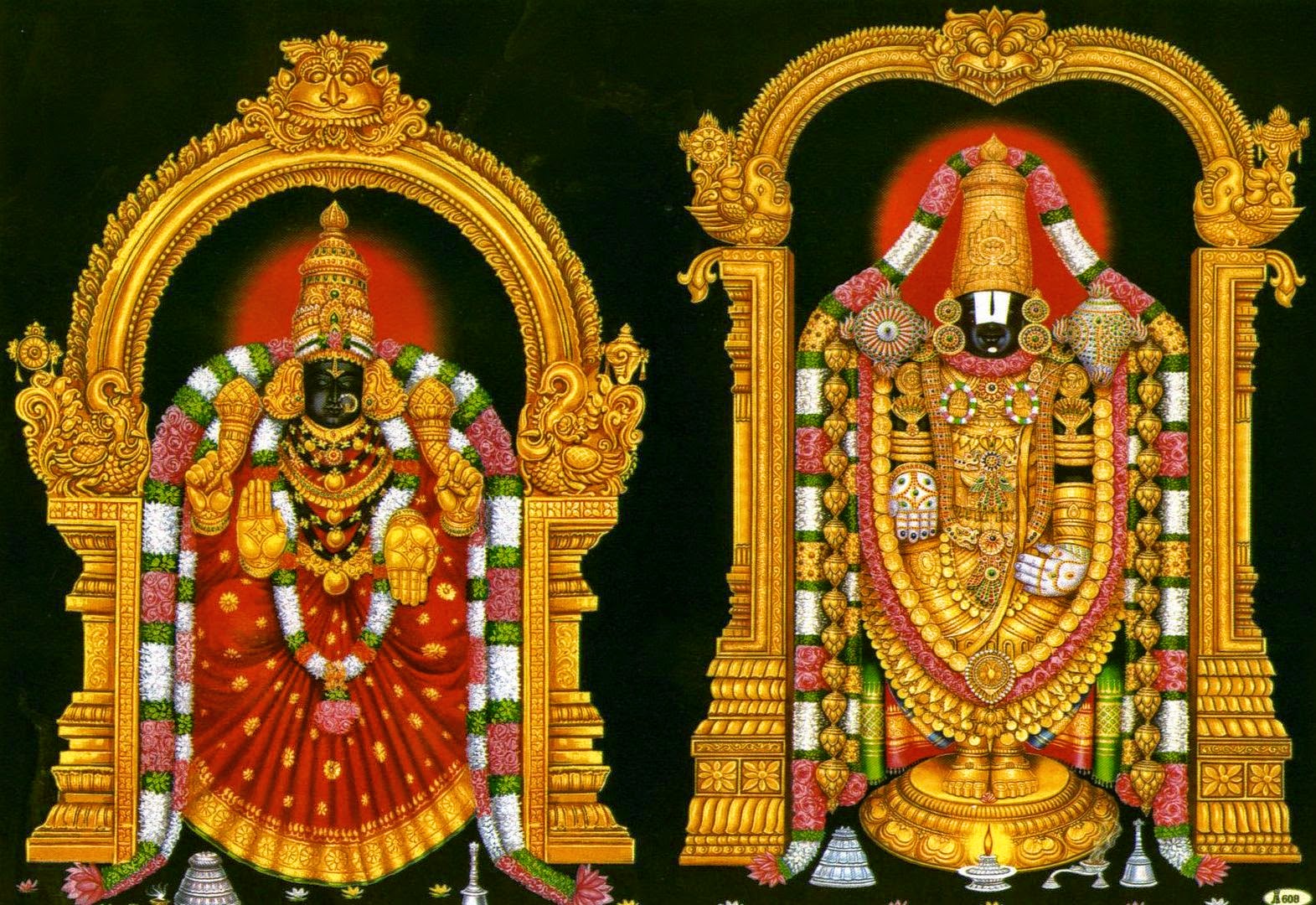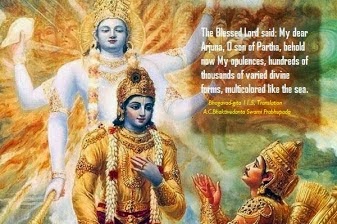The Philosophy of the Bhagavadgita-1.1
02/05/2018
Chapter 1: The Universal Scope of the Bhagavadgita-1.
The Bhagavadgita is a well-known gospel. Very few might have not heard the name, ‘Bhagavadgita’, for it is almost universally accepted as a scripture, not merely in a sense of holiness or sanctity from the point of view of a religious outlook, but as what has been regarded as a guide in our day-to-day life, which need not necessarily mean a so-called religious attitude of any particular denomination. Our life is vaster in its expanse than what we usually regard as a vocation of religion. And if religion remains just an aspect of our life and does not constitute the whole of life, the Bhagavadgita is not a religious scripture, because its intention is not to cater to a side of our nature or a part of our expectation in life, but the whole of what we need, and what we are.
This special feature of the Bhagavadgita makes it a little difficult for people to comprehend its significance and message. While there are hundreds of expositions on this great gospel, and several commentaries have been written and are being written on it even now, it is difficult to believe that its meaning has been completely grasped, as it becomes a novelty after novelty as we go deeper and deeper into it.
The more we read it, the fresher does it appear before our eyes, like the rise of the sun every morning. This speciality and comprehensiveness which is the approach of the Gita is what makes it a little distinct from the other well-known religious guidelines. We have often heard it said that it is an episode in a large epic of India, known as the Mahabharata, and we regard it as a teaching given by someone to someone else in some ancient times in a particular context of those early days. We are likely to read this epic as a story, like a drama or a play, for our diversion and emotional satisfaction.
But this epic of which the Bhagavadgita is an episode is not a story come from a grandmother to a child, though it is narrated in the fashion of a dramatic performance with images and artistic touches of characters which portray the various facets of human liking and attitude. What inspires us and stirs us when we read an epic of this kind is the sympathy that exists between these characters and the various phases of our own personal lives.
We somehow find ourselves in these epic characters. We are drawn to these images of persons and situations on account of there being a representation, as it were, of what we ourselves are at different moments of time or in the layers of our own personalities. All these people, the heroes and heroines, the dramatis personae of the Mahabharata, are present inside us, and we ourselves are these at different occasions and times. We have layers of personality in us and these various layers correspond to the ideal images that are portrayed in the characters of this great epic, the Mahabharata.
To be continued ...





Comments